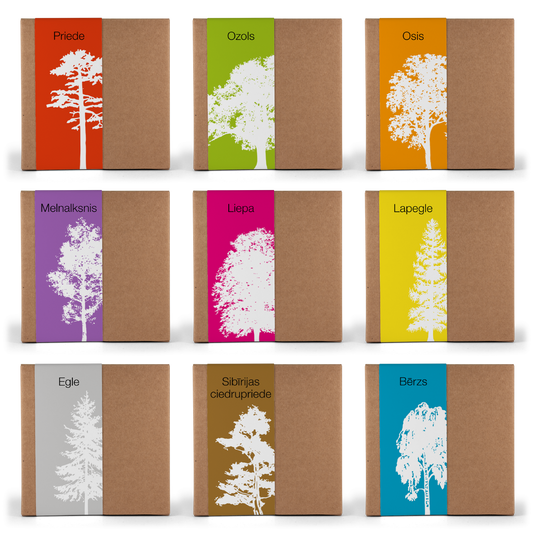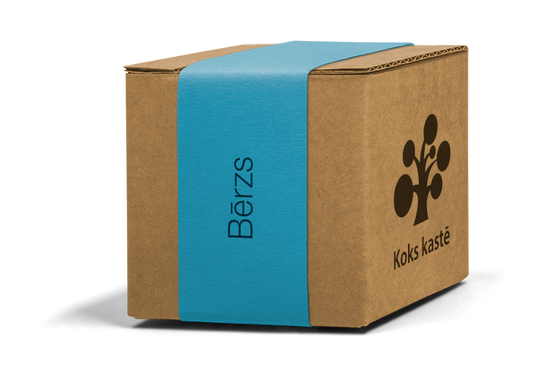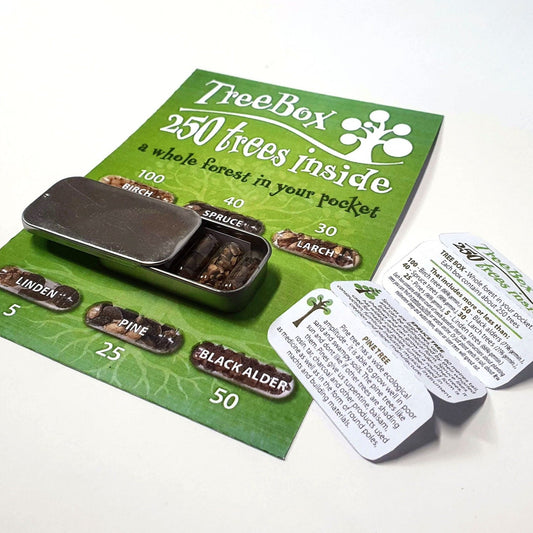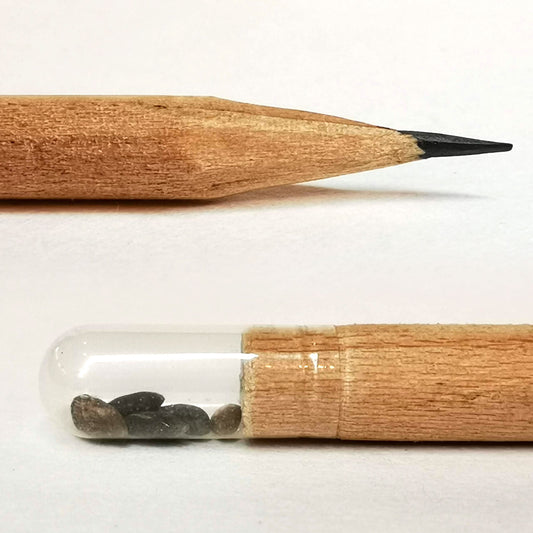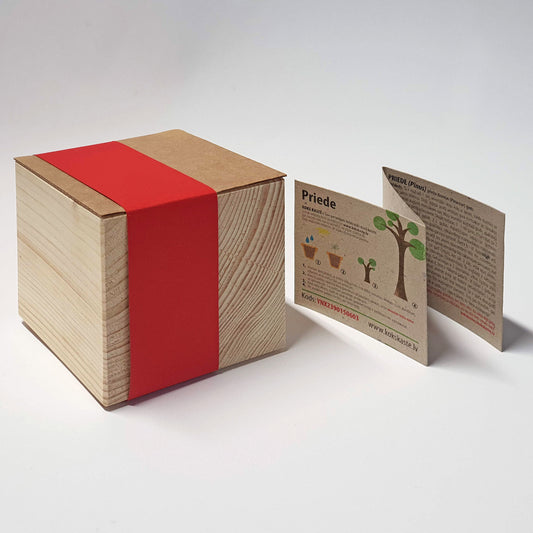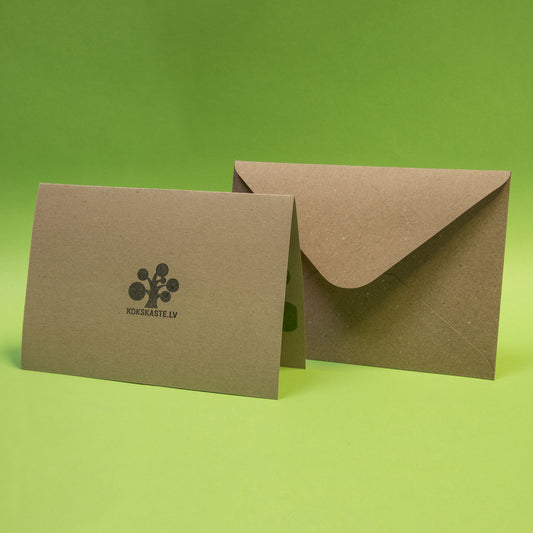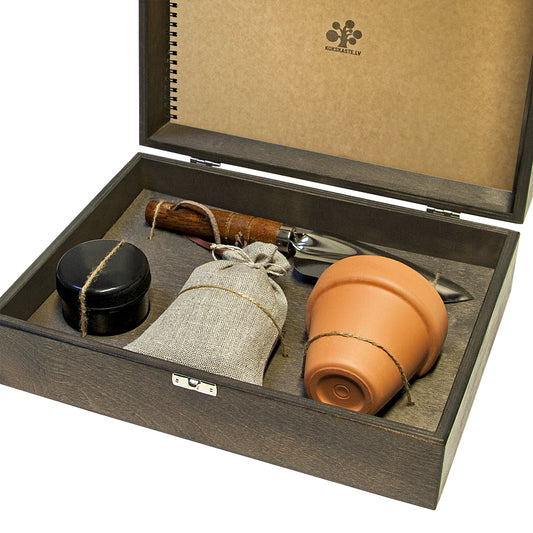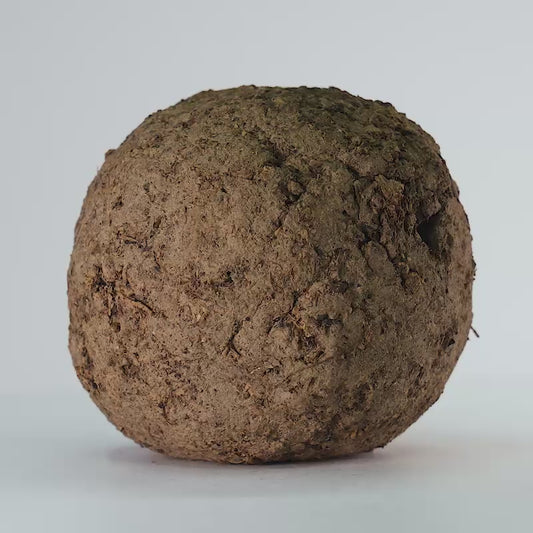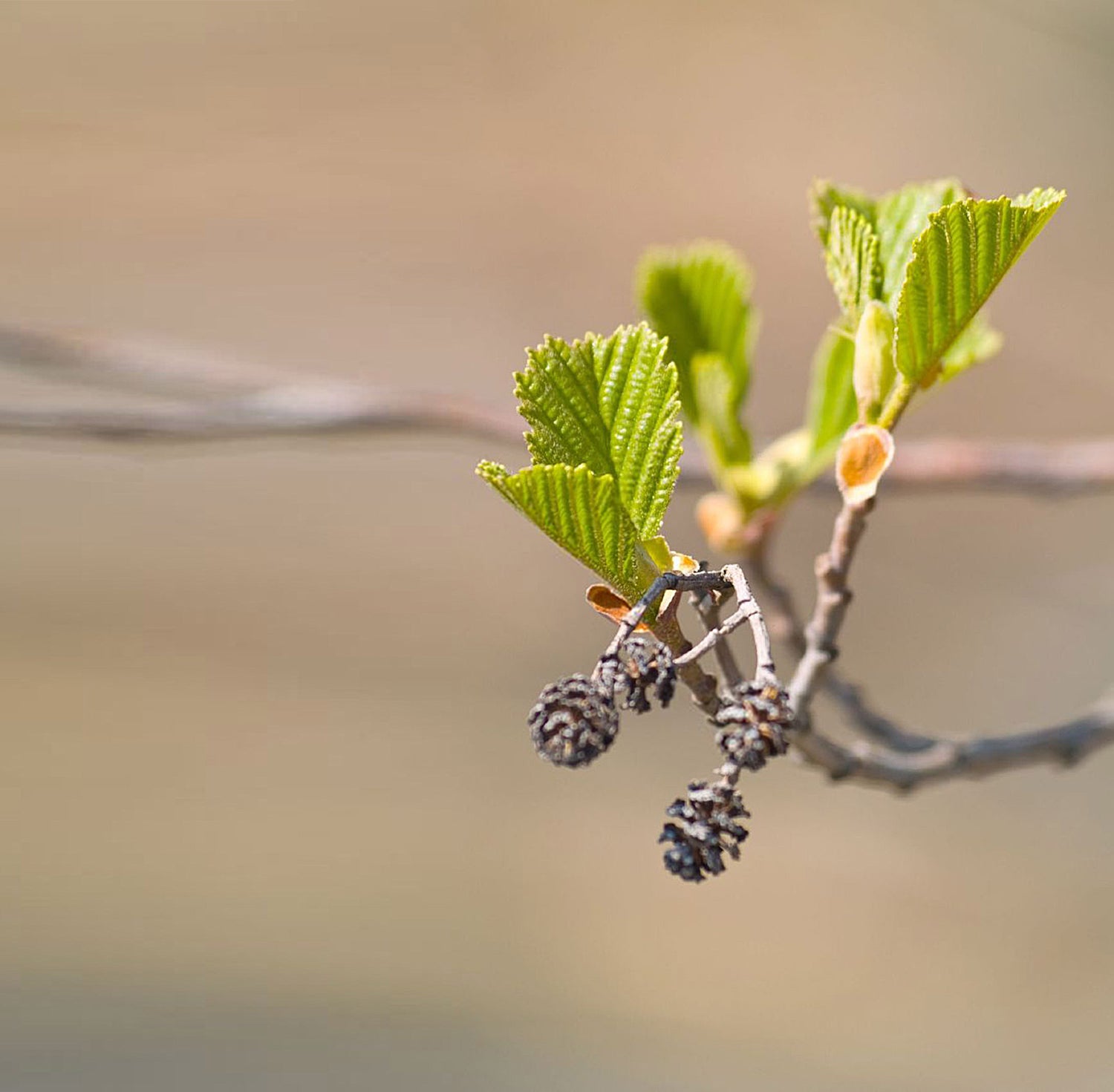
Black alder
(Alnus glutinosa)
Black alder is a tree up to 35 m tall with dark brown grooved bark. Growth rate up to 12 m in 20 years. Thanks to a well-developed root system (up to 4 m) it is very resistant to wind. The leaves are glossy, dark green, (sticky in the spring) their underside is lighter, the edge is unevenly toothed, the tip of the leaf is lobed.
A species of the birch family (Betulaceae). A fast-growing monoecious tree with a straight, slender trunk and an ovoid crown. The bark is smooth (in older trees it is scaly), dark brown. The leaves are shiny, dark green, their lower side is lighter, the edge is unevenly toothed, the tip has a field, lateral veins 5-8 pairs. The spikes of the male flowers are cylindrical, the spikes of the female flowers are egg-shaped, in autumn they become woody and become "cones". Flowers III-IV. Pollinated by the wind. The fruit is a brown, vaguely pentagonal, flattened nut with 2 rudimentary wings. X enters, III-IV falls. Spread by the waters.
Black alder grows in moist, humus-rich soil (with flowing groundwater), swampy, sloping, as well as periodically flooded places where other s. trees cannot grow. Light-demanding tree. In severe winter, you can freeze. It occupies 3.0% of the total area of Latvian forests. Grows in pure stands or together with birch, ash, aspen, spruce. Often grows singly or in small groups. Reaches a height of >30 m. (The biggest black alder in Latvia is the Rudbāržu black alder, Kuldīgas district.) Life span ~120 years. Propagated by seeds. Up to 60 years for the age gives the stem offshoots. Old trees are affected by rot. The wood is valuable, soft, light. It is used for the production of veneers, carpentry, underwater constructions. Black alder is sometimes planted to strengthen the banks of water bodies (e.g. in parks). Sow in spring in moist, well-aerated soil in wide seedbeds or entertainment. Seed embedding deep. 3-5 mm. If the seed is watered regularly, the seeds germinate in 10-20 days. Covering with an agricultural film greatly shortens the germination time and also reduces the need to artificially moisten the soil. Fertile, humus-rich soils with flowing groundwater are suitable for black alder crops - lean, broad-leaved peat, drained low bogs, banks of rivers and streams, etc. wide bass. Heavy mech. in soils of the composition and in places where there are signs of swamping, black alder withers and dies, as well as in poor sandy soil.
© Forest encyclopedia
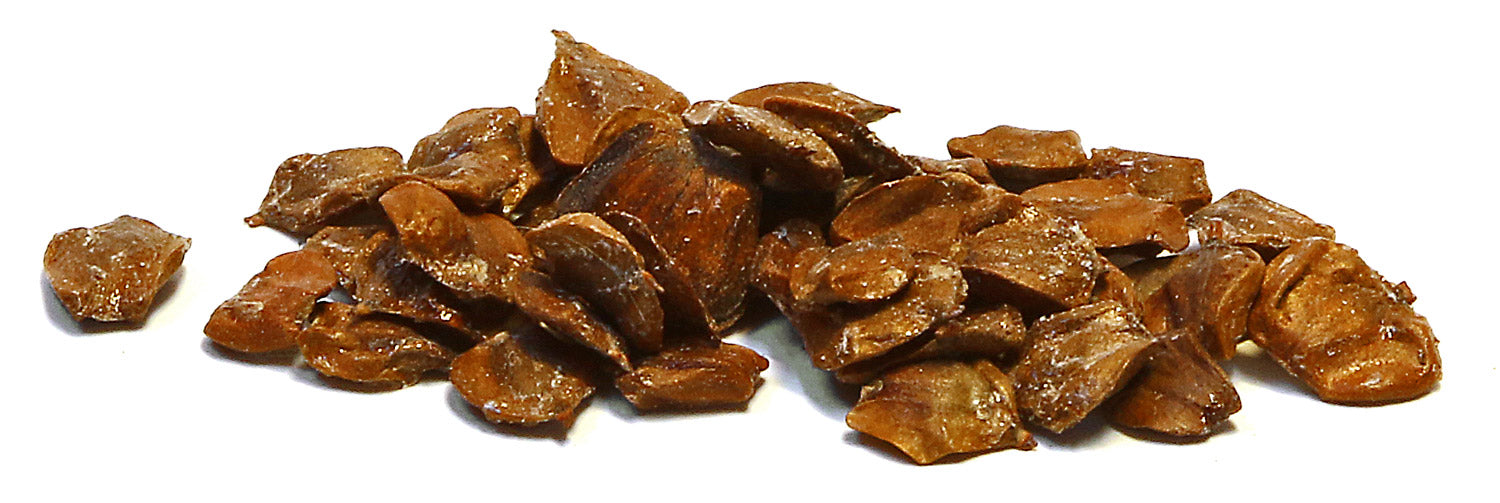
* Black alder seeds are ~2mm long nuts. They are shown enlarged in this picture. There are about 600,000 seeds in one kilogram.
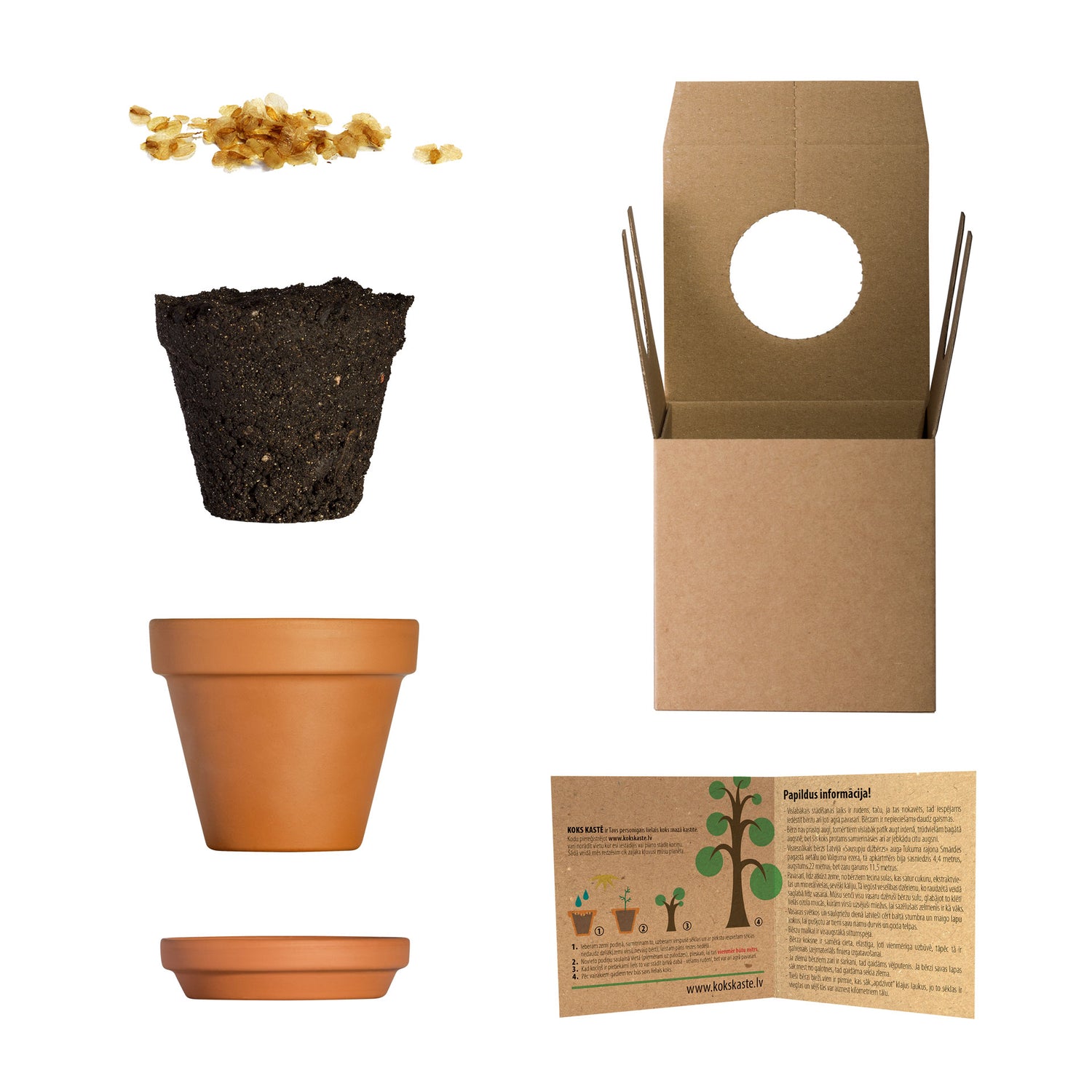
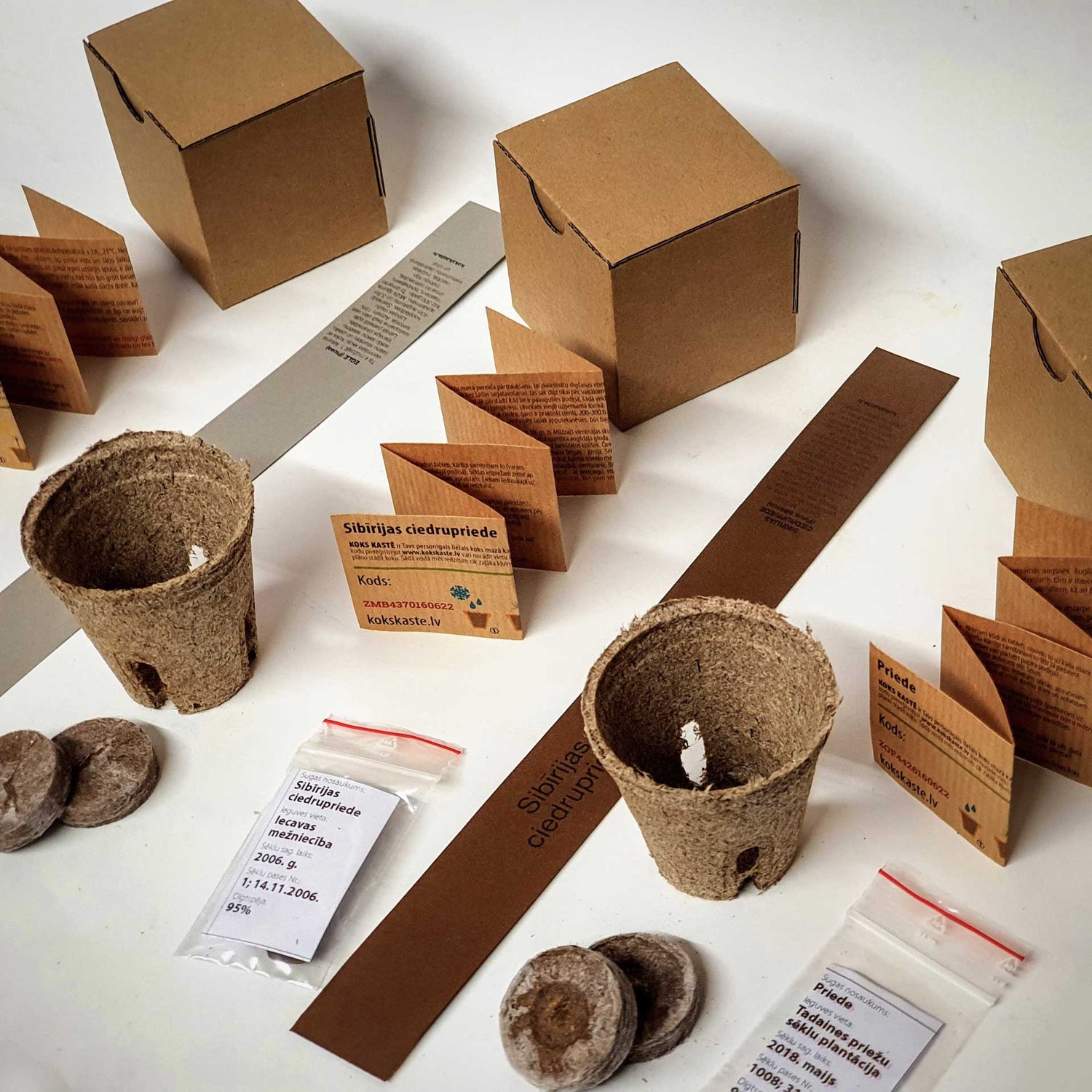
Mini box
This mini box differs from the usual one in that it is smaller and weighs only 25 grams.
- Boxes 65x65x65mm
- Seeds for a tree of your choice
- Peat tablets
- A paper pot
- Tutorials
All you have to do is remove and moisten the peat tablet, plant the seeds in it, and years later you will have your own tree.
Black alder seeds are in these products
-
Seed sets (10cm)
Regular price €12.50 EURRegular priceUnit price / per -
Mini tree in a box
Regular price €6.90 EURRegular priceUnit price / per -
TreeBox - the whole forest in your pocket
Regular price €15.50 EURRegular priceUnit price / per -
Wooden pencil with wood seeds
Regular price From €5.00 EURRegular priceUnit price / per -
A wooden pot with seeds
Regular price From €21.50 EURRegular priceUnit price / per -
Tree in an envelope
Regular price €6.50 EURRegular priceUnit price / per -
The Big gift box
Regular price €149.00 EURRegular priceUnit price / per
